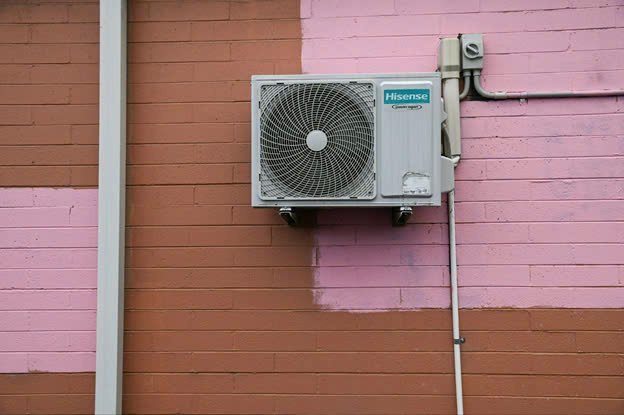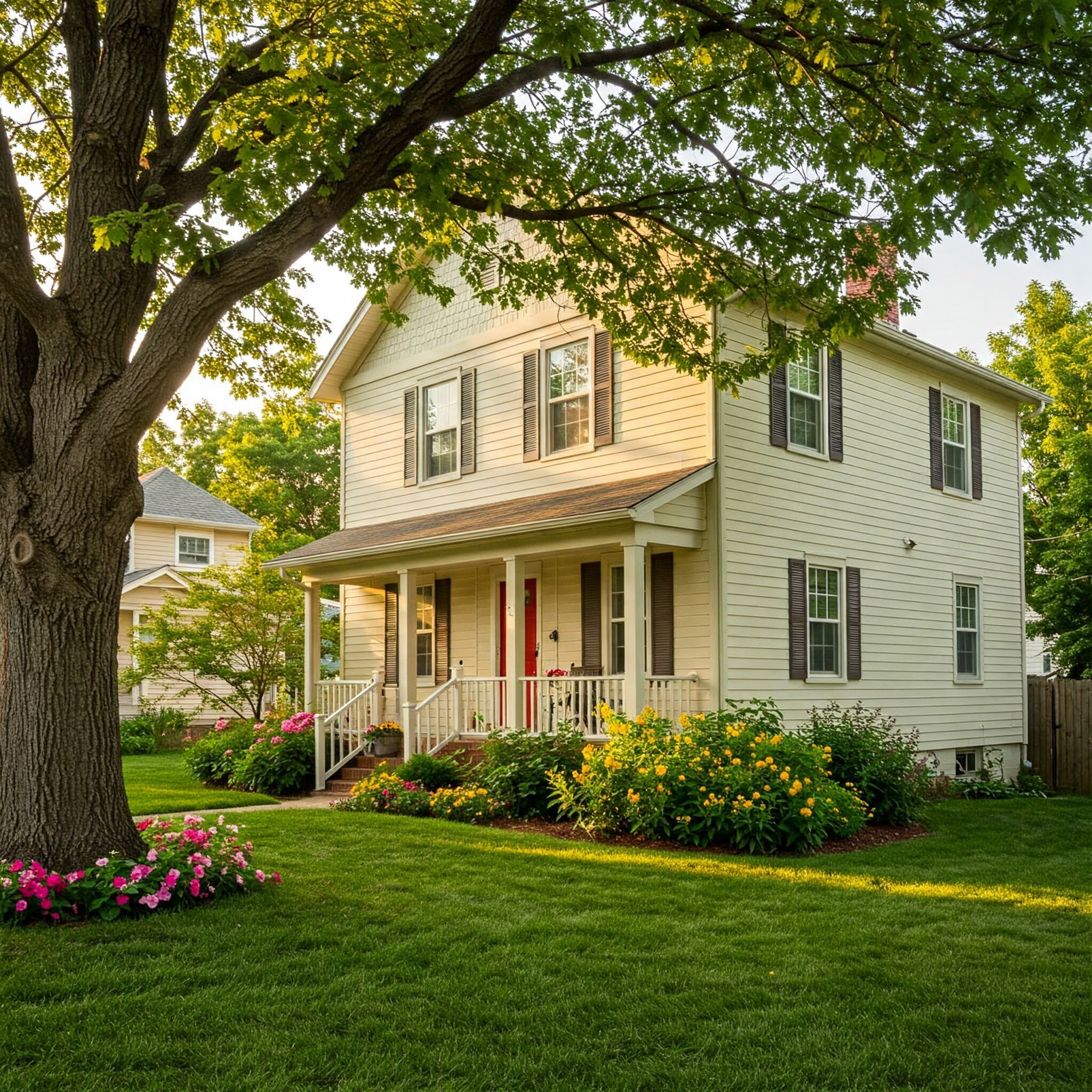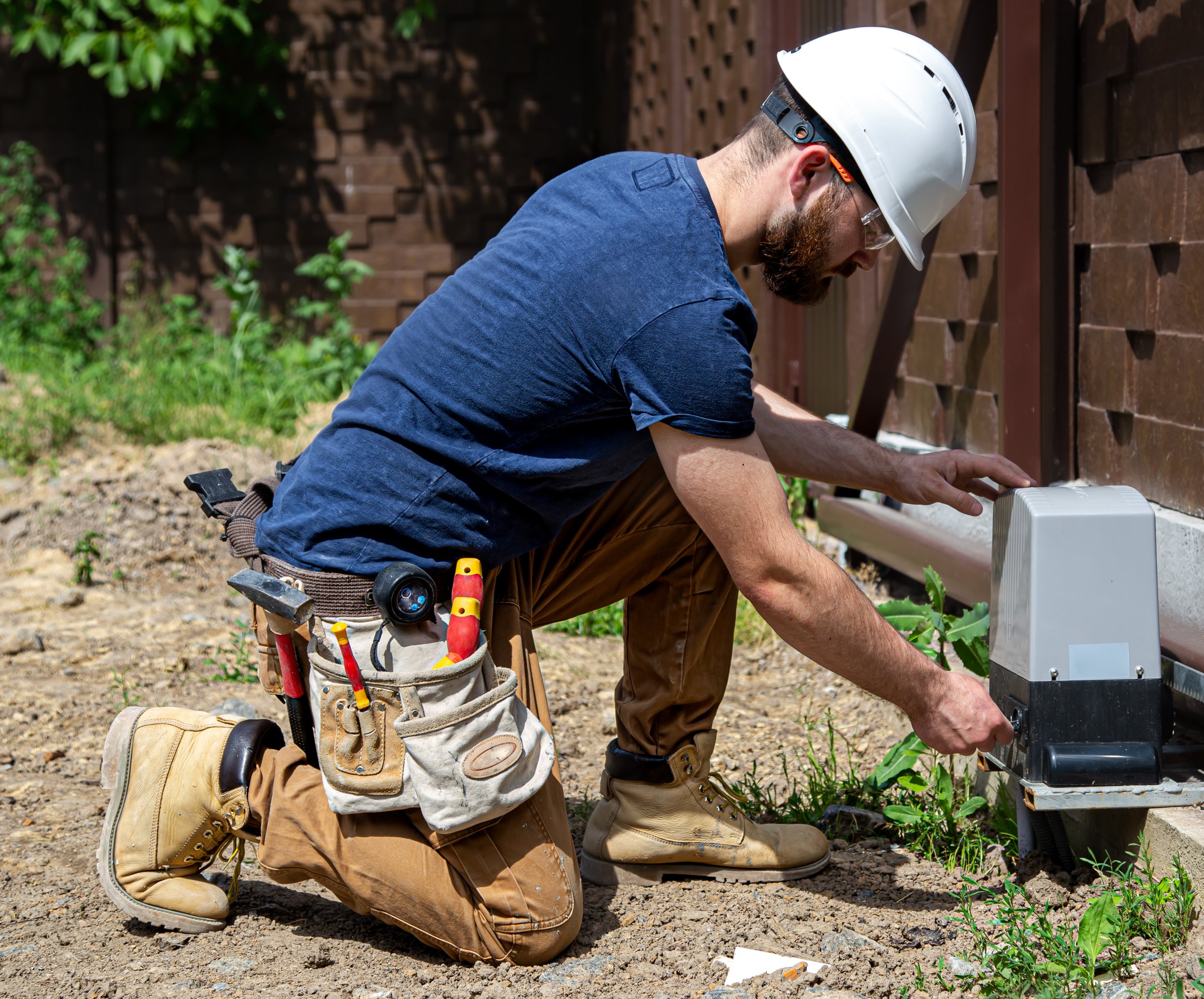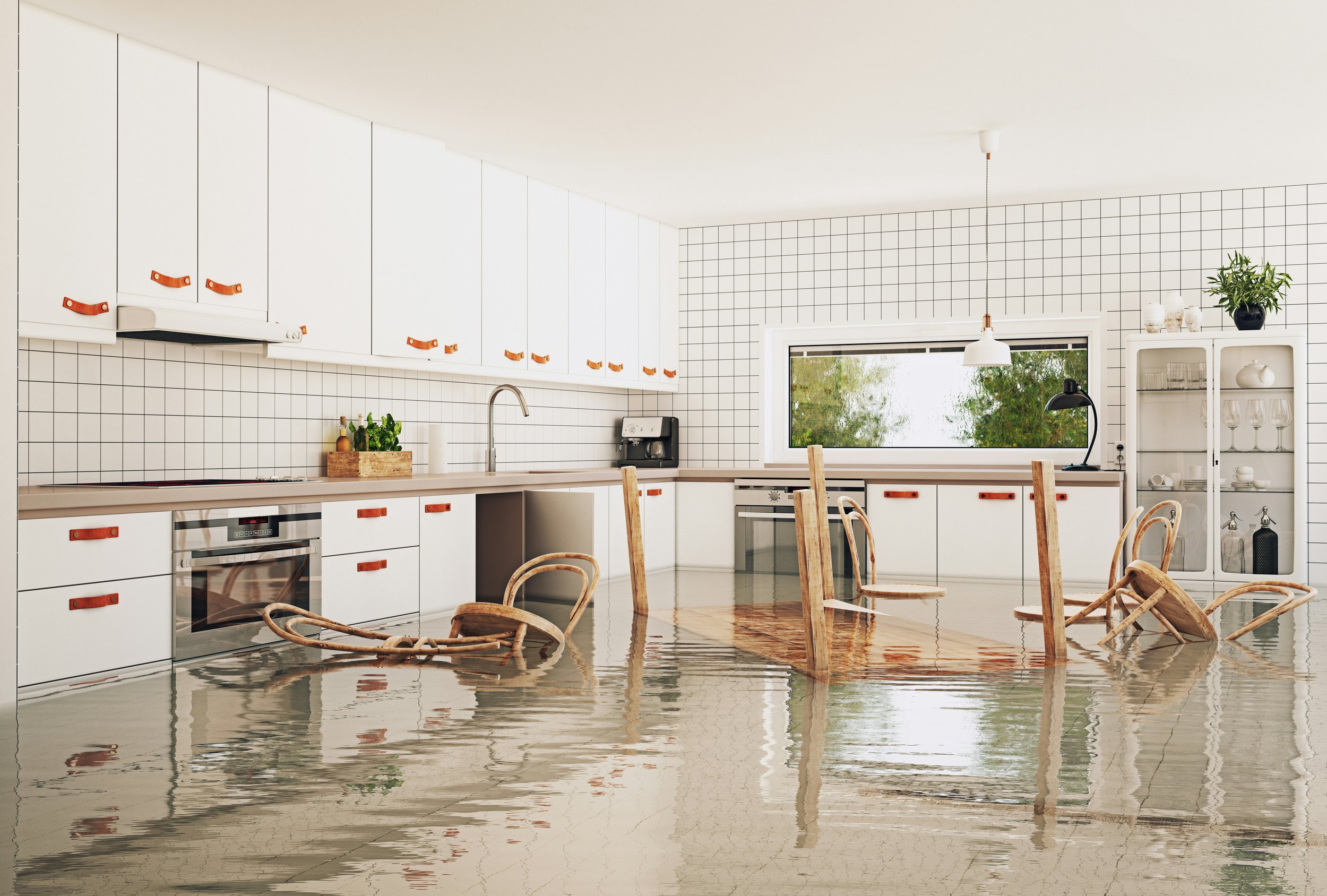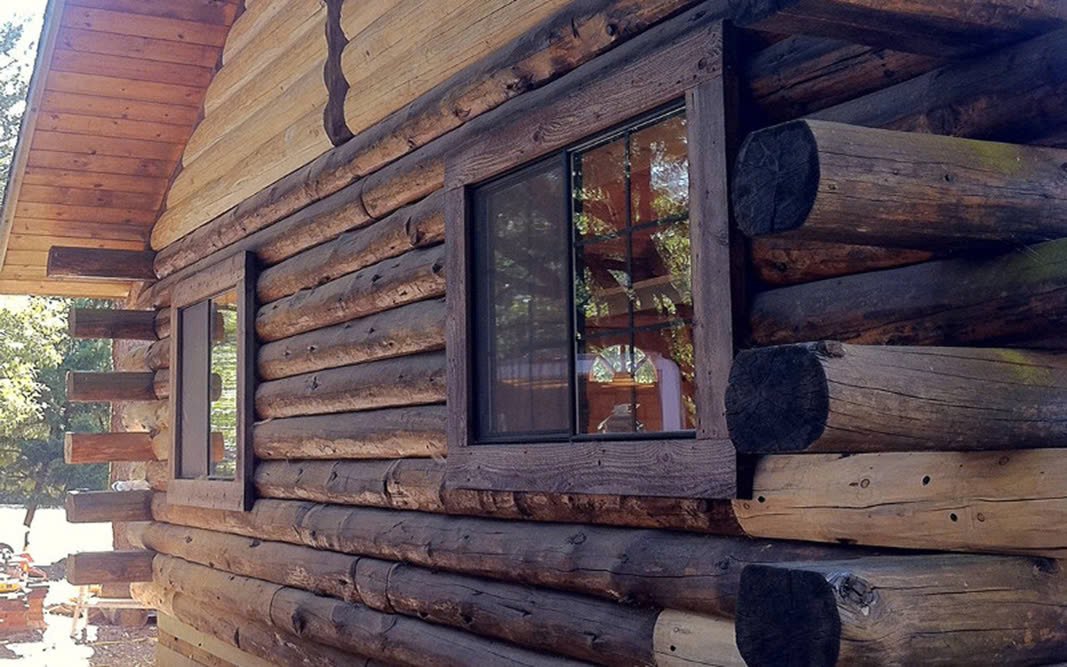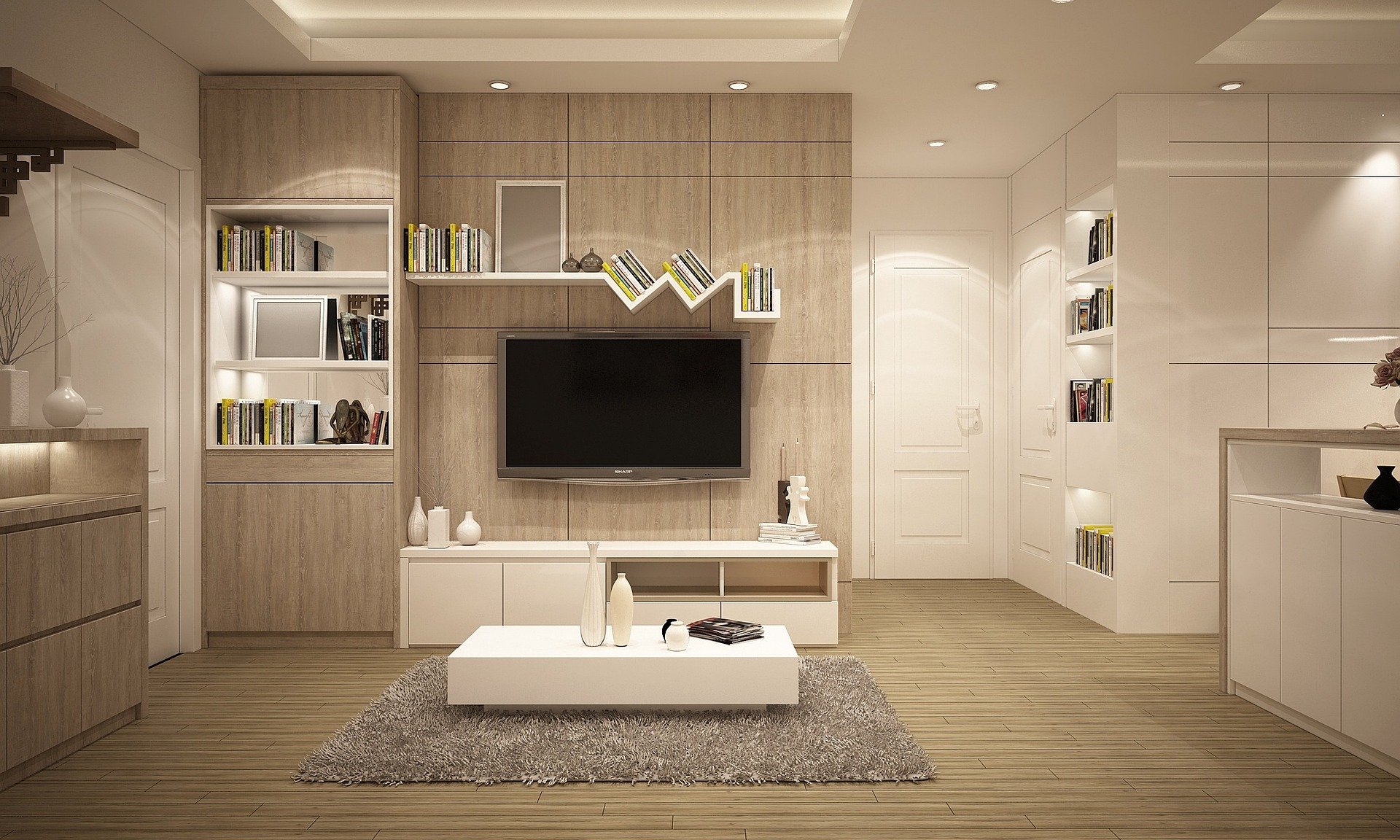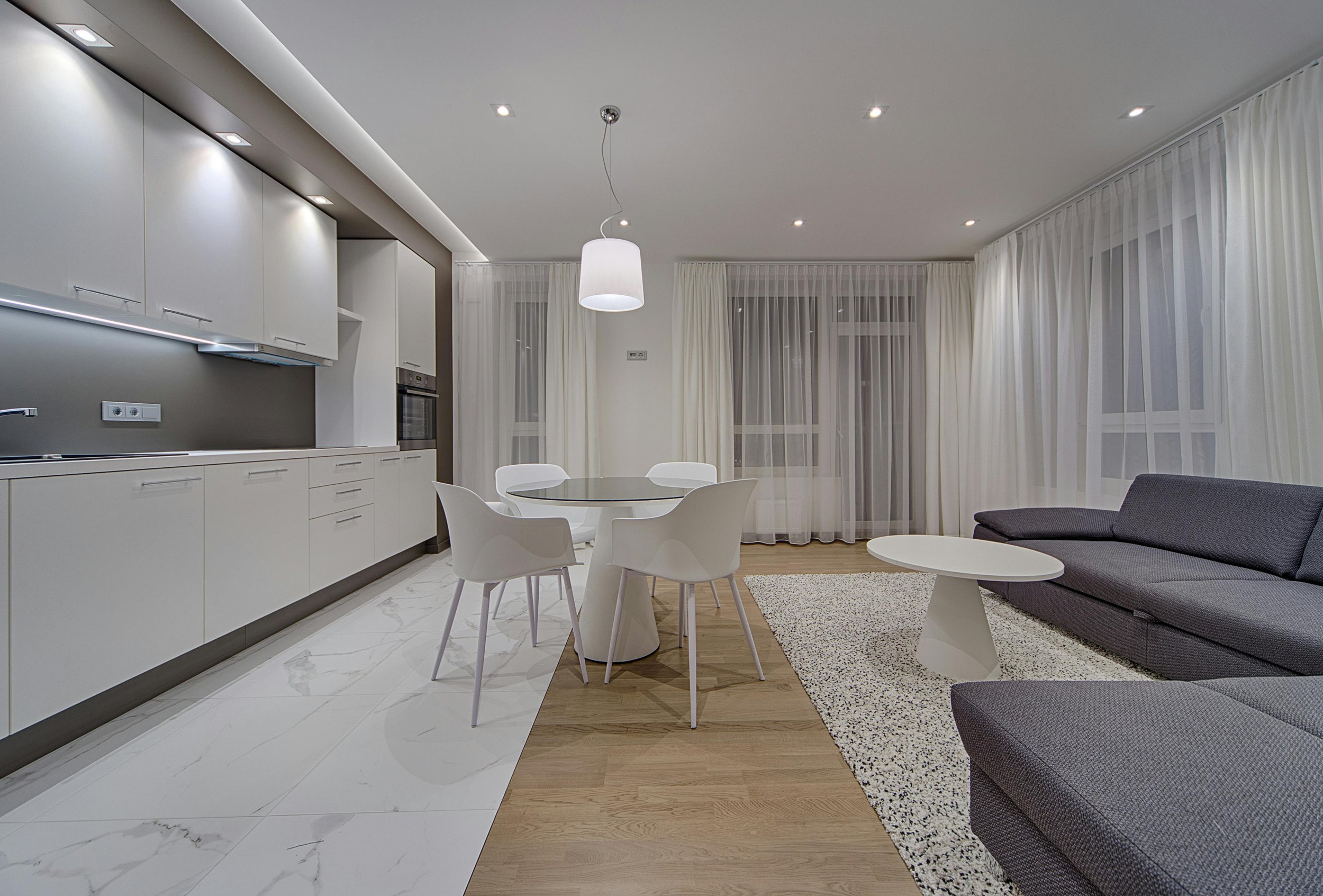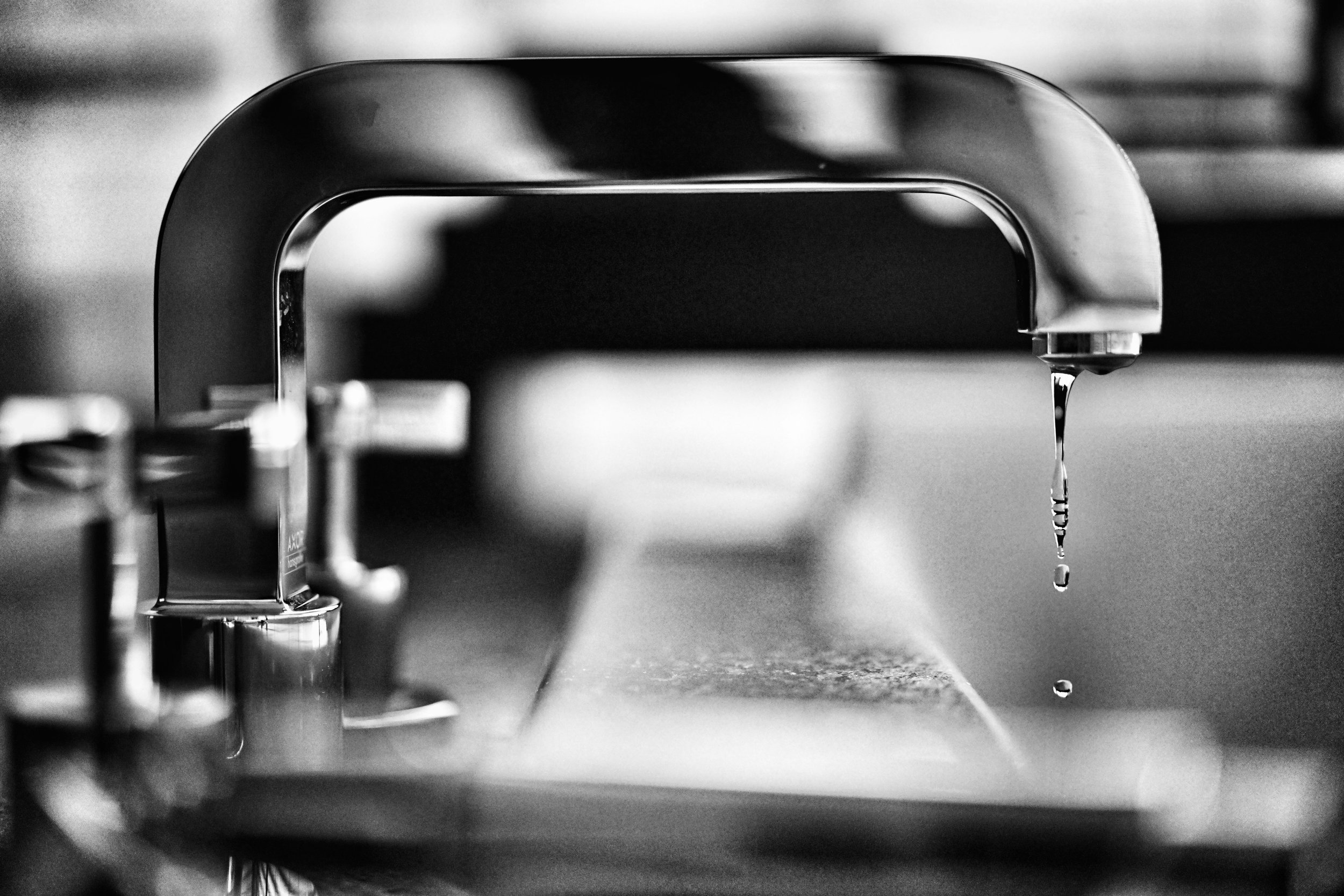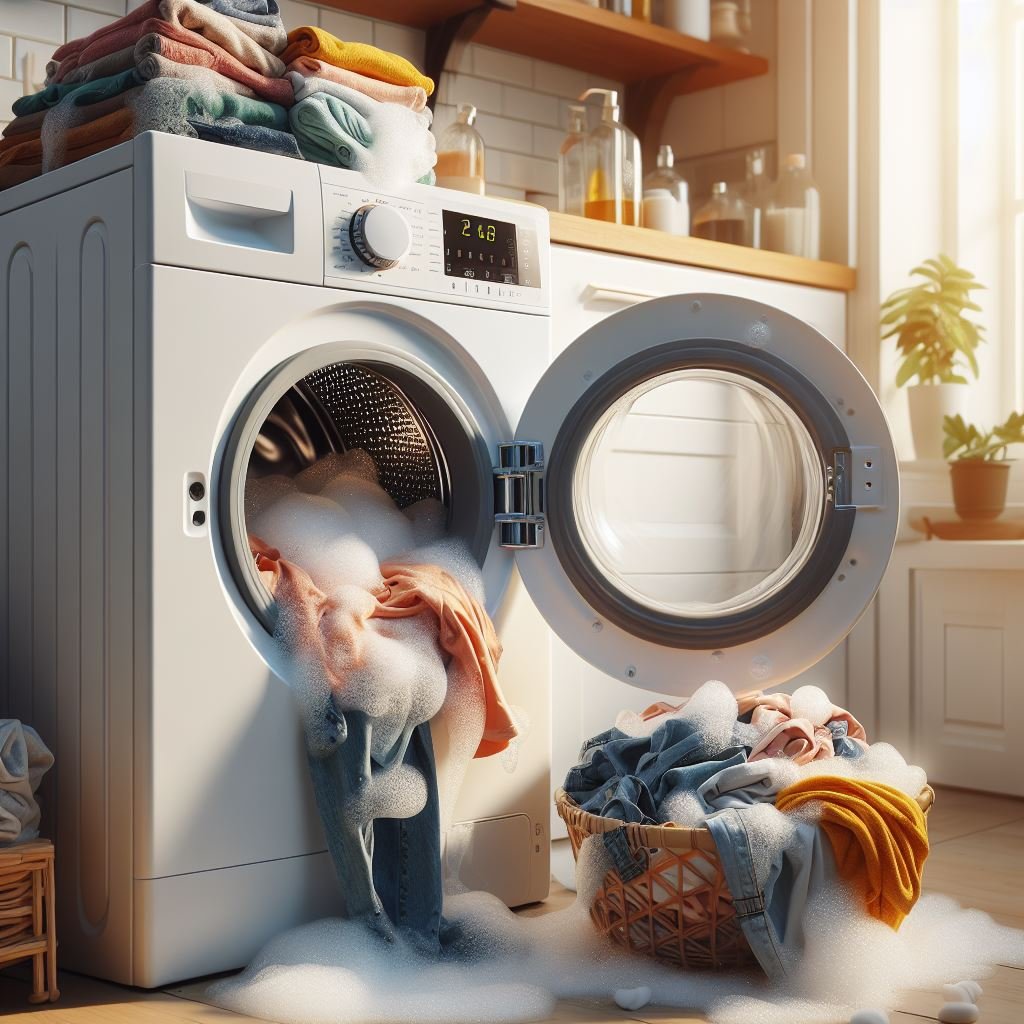How to Keep Your Home Comfortable Without Sky-High Energy Bills
Learn how to keep your home comfortable year-round while reducing energy costs with smart efficiency tips and upgrades.
● Adjusting your thermostat settings and using a smart thermostat can help optimize cooling efficiency and reduce energy costs.
● Regular AC maintenance, including cleaning filters and checking for leaks, ensures your system runs efficiently and lasts longer.
● Sealing air leaks and improving insulation prevent cool air from escaping, making maintaining a comfortable indoor temperature easier.
● Using fans, natural ventilation, and energy-efficient habits like blocking sunlight and reducing appliance heat can lower energy bills.
Keeping your home cool in the summer and cozy in the winter shouldn’t mean breaking the bank with sky-high energy bills. Yet, many homeowners struggle with rising costs, especially when air conditioning runs nonstop. The good news? You don’t have to sacrifice comfort to save money.
You can reduce energy usage with a few smart adjustments while keeping your home at the perfect temperature. From optimizing your thermostat to maintaining your air conditioning system, small changes can lead to significant savings. Let’s dive into the best ways to keep your home comfortable without overspending on energy.
Smart Thermostat Usage for Efficient Cooling
One simplest and most effective way to control energy costs is using a programmable or smart thermostat. These devices help regulate your home’s temperature without needing constant manual adjustments.
Set It and Forget It
Many people leave their AC running at full blast all day, even when they aren’t home. Instead, program your thermostat to match your schedule. Here’s a general guideline:
● While you’re home: Keep it around 75–78°F for comfort and efficiency.
● When you’re away: Raise the temperature by 7–10°F to save energy.
● At night: A slightly warmer setting with a fan can keep you cool without overworking the AC.
Upgrade to a Smart Thermostat
If you haven’t upgraded yet, a smart thermostat can take energy savings to the next level. These devices learn your habits, adjust temperatures automatically, and even allow remote control via smartphone apps. Some models provide energy reports, so you can see exactly where you’re saving (or wasting) money.
Avoid Common Thermostat Mistakes
● Don’t crank the AC to cool the house faster. It won’t work—it only makes your system work harder.
● Don’t place the thermostat near heat sources. Keep it away from windows, lamps, or appliances that generate heat, as they can trick it into thinking your home is warmer than it is.
● Don’t forget to adjust it seasonally. In cooler months, lower the temperature and use warm layers instead.
By optimizing your thermostat use, you’ll create a more energy-efficient home without sacrificing comfort.
Regular AC Maintenance Keeps Costs Down
Your air conditioning system works hard to keep your home comfortable, but running without regular maintenance can become inefficient—and expensive. A well-maintained AC unit not only cools more effectively but also lasts longer, preventing costly breakdowns.
Why AC Maintenance Matters
Over time, dust, dirt, and debris build up in your air conditioning system, causing it to work harder than necessary. This leads to higher energy consumption and can even shorten the lifespan of your unit. Regular maintenance ensures that your system runs smoothly and efficiently.
Signs Your AC Needs a Check-Up
● Your energy bills are increasing without explanation.
● The AC isn’t cooling as effectively as it used to.
● You notice strange noises or unusual smells coming from the unit.
● There’s weak airflow coming from the vents.
How Professional Maintenance Helps
Scheduling regular tune-ups with a professional can save you money in the long run. To help you understand the best services for your system, get more info from PenAir here. A professional technician will clean the filters, check refrigerant levels, inspect the ductwork, and ensure your AC operates at peak performance.
DIY Maintenance Tips
While professional servicing is essential, there are a few things you can do yourself:
● Change or clean the air filters every 1–3 months. Dirty filters reduce airflow and force your system to work harder.
● Keep outdoor AC units free from debris. Trim back plants and remove leaves or dirt around the system.
● Check and seal any leaks in the ductwork. This prevents cool air from escaping and improves overall efficiency.
By keeping up with routine maintenance, you’ll not only extend the life of your AC but also reduce energy costs and ensure your home stays comfortable year-round.
Sealing Leaks and Improving Insulation
A well-sealed and adequately insulated home is one of the best defenses against high energy bills. If your home has air leaks or poor insulation, your air conditioning system has to work much harder to keep your space comfortable. That means higher energy use—and higher costs.
How Air Leaks Drive Up Energy Bills
Even small gaps around windows, doors, and vents let cool air escape and allow hot air inside. This forces your AC to work overtime, leading to increased energy consumption. Common problem areas include:
● Gaps around windows and door frames
● Cracks in walls or ceilings
● Unsealed areas around electrical outlets and plumbing pipes
● Attic and basement spaces that lack insulation
Easy Ways to Find and Seal Leaks
You don’t need professional equipment to check for air leaks. A simple way to test is by holding a lit candle near windows and doors—if the flame flickers, there’s likely a draft. Once you’ve identified leaks, here’s how to fix them:
● Use weather stripping around doors and windows to stop air from escaping.
● Apply caulk to seal small cracks and gaps in walls.
● Install door sweeps to prevent air from leaking underneath doors.
● Check ductwork for leaks and use duct sealant or foil tape to close gaps.
The Role of Insulation in Temperature Control
Insulation plays a huge role in keeping your home cool in summer and warm in winter. If your attic or walls are poorly insulated, heat can seep in, making it harder for your AC to cool your home efficiently. Upgrading insulation, especially in the attic, can save energy. For maximum efficiency, consider materials like fiberglass batts, spray foam, or blown-in cellulose.
By sealing leaks and improving insulation, you can reduce the strain on your AC and maintain a comfortable indoor temperature with less energy waste.
Using Fans and Natural Ventilation Wisely
Sometimes, the best way to stay cool doesn’t involve your air conditioner. Using fans and natural airflow can help maintain a comfortable home while keeping energy costs low.
Ceiling Fans: A Simple but Effective Cooling Tool
Ceiling fans don’t lower the temperature, but help circulate air, making a room feel cooler. Here’s how to maximize their efficiency:
● Set ceiling fans to rotate counterclockwise in the summer to push cool air downward.
● Turn off the fans when you leave the room. Fans cool people, not spaces, so running them in an empty room wastes energy.
● Use portable or box fans to direct airflow and create a cooling breeze.
Harnessing Natural Ventilation
Natural ventilation can be a great way to cool your home without using energy if the weather allows. Some strategies include:
● Opening windows in the evening and early morning when temperatures are lower.
● Creating cross-ventilation by opening windows on opposite sides of your home to allow fresh air to flow through.
● Exhaust fans are used in the kitchen and bathroom to remove hot air and humidity.
Window Coverings to Block Heat
Windows are a major source of heat gain in the summer, especially those that receive direct sunlight. The right window treatments can make a big difference:
● Blackout curtains or thermal drapes help keep heat out.
● Reflective window film reduces heat penetration while still allowing natural light.
● Closing blinds or curtains during the hottest part of the day keeps rooms cooler.
By combining fans, natural ventilation, and smart window coverings, you can reduce your reliance on air conditioning and lower your energy bills without sacrificing comfort.
Energy-Efficient Habits That Make a Difference
Lowering your energy bills doesn’t always require significant upgrades—small daily habits can surprisingly impact your home’s overall efficiency. You can reduce energy waste and keep your home comfortable without over-relying on your AC by making a few simple adjustments.
Choose Energy-Efficient Curtains and Blinds
Window treatments do more than just add style to your home—they can also help regulate indoor temperatures. Light-colored or reflective curtains can block heat from the sun, keeping your home cooler during the day. In the winter, thick curtains act as insulation to trap warmth inside.
Be Mindful of Heat-Generating Appliances
Certain appliances give off more heat than you might realize, making your AC work harder. Try these energy-saving strategies:
● Use the oven and stove less often. Opt for slow cookers, microwaves, or outdoor grilling instead.
● Run heat-producing appliances at night. Dishwashers, dryers, and washing machines add unnecessary heat to your home. Using them after sunset helps keep temperatures down.
● Switch to LED bulbs. Incandescent bulbs generate heat, while LEDs stay cool and use less energy.
Unplug Devices When Not in Use
Electronics and appliances continue to draw power even when turned off. Unplugging devices like phone chargers, coffee makers, and entertainment systems when not in use can reduce energy waste and prevent unnecessary heat buildup.
Develop Smart Cooling Habits
● Close doors to unused rooms so your AC doesn’t have to cool extra space.
● Wear breathable fabrics and use lightweight bedding in warm months.
● Keep air vents clear of furniture and obstructions to allow proper airflow.
Making these small changes consistently can help lower your energy bills and create a more efficient home.
Conclusion
Keeping your home comfortable while saving on energy costs is all about balance. You can significantly reduce your energy bills without sacrificing comfort by using your thermostat wisely, maintaining your AC, sealing leaks, improving insulation, and making small daily changes.
The best part? Many of these strategies require little to no investment but can make a big difference over time. With just a few adjustments, you can enjoy a cooler, more efficient home all year round—without worrying about skyrocketing energy costs. Start implementing these tips today and take control of your home’s comfort and savings.
